In the emerging landscape of technological innovation, translucent graphic media represents a groundbreaking frontier that promises to reshape our interactions with visual information and physical spaces. This transformative concept leverages the fusion of transparent or semi-transparent materials with advanced display technology, paving the way for a new era of dynamic and interactive visual experiences. At the heart of this revolution lies the convergence of material science, computational design, and human-computer interaction, offering a vision of the future where graphics seamlessly blend with our environment.
The Evolution of Translucency in Media
Translucent graphic media is not merely a refinement of existing display technologies but a fundamental shift in how we perceive and interact with information. Traditional displays, such as LCDs and LEDs, are inherently opaque, limiting their integration into transparent or semi-transparent surfaces. The development of materials capable of transmitting light while displaying graphics, such as organic light-emitting diodes (OLEDs) and electrochromic glass, has opened new possibilities. These materials allow for the creation of surfaces that can serve as both functional objects and dynamic visual interfaces.
The evolution of translucent media is closely tied to advancements in nanotechnology and thin-film electronics. For instance, flexible OLEDs and electrophoretic displays have enabled the creation of lightweight, foldable, and even rollable screens that can be seamlessly integrated into architectural elements like windows, walls, or furniture. This integration blurs the line between the digital and physical worlds, creating environments where information and physical space are inherently interconnected.
Applications in Diverse Domains
The potential applications of translucent graphic media are vast and varied, spanning industries from architecture and design to healthcare and transportation.
1. Smart Architecture and Urban Design:
In urban environments, translucent graphic media can transform ordinary buildings into adaptive and responsive structures. Imagine office windows that double as interactive displays, capable of showing weather updates, news feeds, or even personalized messages. These “smart windows” can also adjust their transparency to regulate natural light and heat, improving energy efficiency. In public spaces, translucent billboards and signage can provide dynamic, context-aware information, enhancing the user experience while reducing visual clutter.
2. Healthcare and Wearable Technology:
In the realm of healthcare, translucent graphic media offers exciting possibilities for patient monitoring and treatment. For example, wearable devices such as smartwatches or patches could incorporate translucent screens that display real-time health data without compromising the device’s aesthetics or comfort. In hospital settings, transparent displays integrated into medical equipment could provide intuitive, hands-free interfaces for doctors and nurses, improving workflow efficiency.
3. Transportation and Autonomous Vehicles:
The automotive industry is another promising avenue for translucent graphic media. In future vehicles, car windshields could serve as augmented reality displays, overlaying navigation data, safety alerts, or entertainment content onto the driver’s field of vision. Similarly, autonomous vehicles could benefit from transparent displays embedded in windows or doors, providing passengers with dynamic information about their surroundings or journey.
4. Retail and Consumer Experience:
In retail, translucent graphic media can revolutionize the shopping experience. Storefront windows could function as interactive advertisements, showcasing products dynamically based on the time of day or customer demographics. Inside the store, transparent displays could guide customers through product features, reviews, or purchase options, creating a seamless blend of online and offline retail experiences.
Challenges and Future Directions
Despite its immense potential, the adoption of translucent graphic media faces several challenges. One major hurdle is the development of materials that are both durable and energy-efficient, particularly for applications that require continuous use. Additionally, the integration of translucent displays into existing infrastructure demands innovative design solutions and careful consideration of user experience.
Another critical area of research is the interaction design for translucent media. Unlike traditional displays, translucent interfaces require new paradigms for input, output, and feedback, as well as a thorough understanding of how users perceive and interact with partially transparent visuals.
Conclusion: A Vision of the Future
The dawn of translucent graphic media heralds a transformative shift in how we experience and interact with visual information. By seamlessly integrating dynamic visuals into the physical world, this technology promises to redefine architecture, design, healthcare, transportation, and beyond. As materials science and display technology continue to advance, the possibilities for translucent graphic media are only limited by our imagination. The future is not merely about seeing clearer—it’s about seeing through.
In this new era, the boundaries between the digital and physical realms will dissolve, creating environments where information is an intrinsic part of our surroundings. The dawn of translucent graphic media is not just a technological milestone; it is a glimpse into a future where innovation and creativity illuminate the spaces we inhabit.
